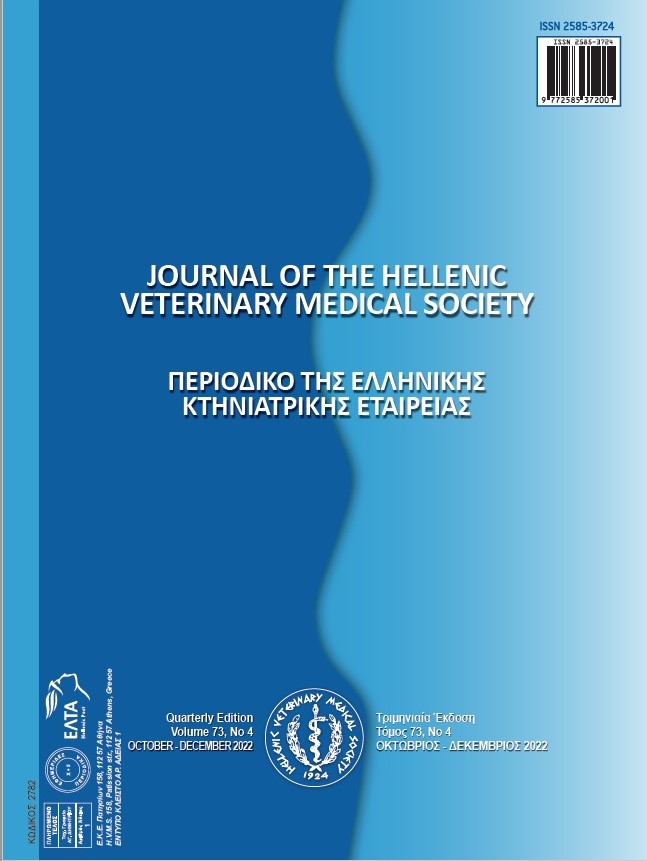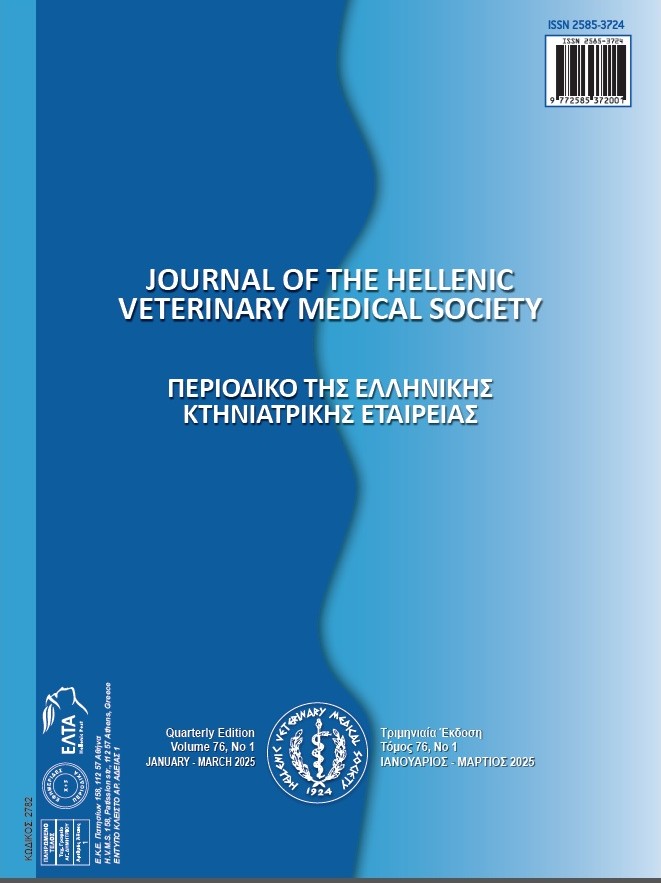Comparison of colony initiation success of queen bees (Bombus terrestris L.) fed diets with different pollen sources
Περίληψη
This study examined the effect of feeding diets with different pollen sources to queen bees (Bombus terrestris) on the initiation of the colony. 120 fertile queen bees that healthily emerged from diapause were randomly distributed to six diet groups of different pollen sources: i) Poppy pollen (PP), ii) Chestnut pollen (CP), iii) Labdanum pollen (LP), iv) Poppy-Chestnut pollen (PPCP), v) Poppy-Labdanum pollen (PPLP) and vi) Chestnut-Labdanum pollen (CPLP). In addition, groups were fed sugar syrup (50 brix) ad libitum. During the rearing of queens, the room temperature and relative humidity were 27-28 °C and 50%, respectively. It was found that pollen consumption differed among the groups (P<0.01); highest and lowest in the PPCP and CP groups, respectively. The worker bee emergence time was earliest and latest in the LP and PP groups, respectively (P<0.05). Furthermore, the number of worker bees in the first brood varied among the groups (P<0.01), higher in the PPCP compared with the rest of the groups. On the other hand, the weight of queen and worker bees, first egg-laying time, and survival rate did not differ among the groups (P>0.05). In conclusion, this study suggested that the supplementation of bee diets with multi-floral poppy-chestnut pollen could enhance colony initiation of queen bumblebees.
Λεπτομέρειες άρθρου
- Πώς να δημιουργήσετε Αναφορές
-
Akyol, A., Aktürk, S., Şekeroğlu, A., & Abacı, S. (2025). Comparison of colony initiation success of queen bees (Bombus terrestris L.) fed diets with different pollen sources. Περιοδικό της Ελληνικής Κτηνιατρικής Εταιρείας, 76(2), 9163–9170. https://doi.org/10.12681/jhvms.38558
- Τεύχος
- Τόμ. 76 Αρ. 2 (2025)
- Ενότητα
- Research Articles

Αυτή η εργασία είναι αδειοδοτημένη υπό το CC Αναφορά Δημιουργού – Μη Εμπορική Χρήση 4.0.
Οι συγγραφείς των άρθρων που δημοσιεύονται στο περιοδικό διατηρούν τα δικαιώματα πνευματικής ιδιοκτησίας επί των άρθρων τους, δίνοντας στο περιοδικό το δικαίωμα της πρώτης δημοσίευσης.
Άρθρα που δημοσιεύονται στο περιοδικό διατίθενται με άδεια Creative Commons 4.0 Non Commercial και σύμφωνα με την άδεια μπορούν να χρησιμοποιούνται ελεύθερα, με αναφορά στο/στη συγγραφέα και στην πρώτη δημοσίευση για μη κερδοσκοπικούς σκοπούς.
Οι συγγραφείς μπορούν να καταθέσουν το άρθρο σε ιδρυματικό ή άλλο αποθετήριο ή/και να το δημοσιεύσουν σε άλλη έκδοση, με υποχρεωτική την αναφορά πρώτης δημοσίευσης στο J Hellenic Vet Med Soc
Οι συγγραφείς ενθαρρύνονται να καταθέσουν σε αποθετήριο ή να δημοσιεύσουν την εργασία τους στο διαδίκτυο πριν ή κατά τη διαδικασία υποβολής και αξιολόγησής της.





